By Rachel Richards | CNA Media Team

Experiences and insights Jaclyn Sisto-Lopez gained in Mexico have helped her build the 3 to PhD program at Faubion/Concordia University into a model for schools to serve as the heartbeat of the community.
The many resources available to families connected to Faubion School on site are something schools across the country will try to replicate. Jaclyn started working for this new program as a part-time services coordinator in 2017. Within a year, her position expanded to full-time.
She grew up in Carlton, Oregon, and at the University of Portland majored in social work with minors in Spanish and social justice. She then volunteered for a children’s home in Mexico for a year.
“Going to work in Mexico changed my world view by teaching me about my own bi-racial identity,” Jaclyn reported. “I am half Chicana ancestry from Mexico.
“Returning to the U.S. was difficult, as I went from speaking Spanish every day in a small insulated community in Mexico to Portland.
“I recognized that, in the U.S. there is a culture of individualism,” she added. “Worth is tied to labor and money – which was different from the culture of community, family and resourcefulness I experienced in Mexico.
“Worth was tied not to money, but to what you can offer the community, like your time.”
Jaclyn’s own time spent serving the Concordia community has put structures in place at the 3 to PhD program that value family success and diversity. But she takes no credit for the program’s success.
“A vibrant, diverse culture of families willing to share their experiences, struggles and dreams helped inform the program,” she explained. Jaclyn pointed to the first accomplishment of the program, a family resource room that offers space to connect.
“It’s not just another meeting space,” she said. Parents gather casually and the room is full of resources.
“Community is the focus of our work, people feel empowered to voice feedback, lead events and start new programs.”
Aztec dancing classes are offered Fridays, in addition to monthly community cooking classes and parent meetings.
Jaclyn invites neighbors to participate in all programming offered at 3 to PhD. And she welcomes volunteers and donations. Contact her at 971.804.9125 or JSisto@CU-Portland.edu.
What does she do when she’s not at 3 to PhD? Jaclyn married Samuel Lopez in November and plans to complete her master’s degree in social work from Boston College in 2020.
Rachel Richards is a 17-year resident of Concordia who enjoys helping her neighbors. Get in touch with her at RachelRichardspdx@gmail.com.
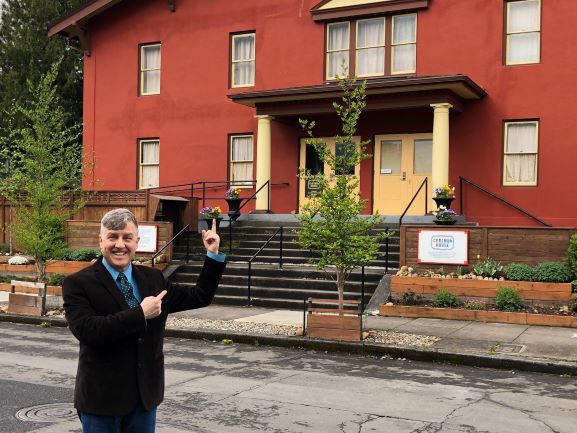
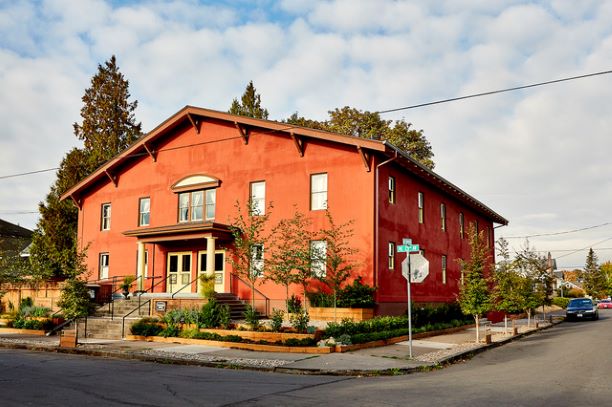
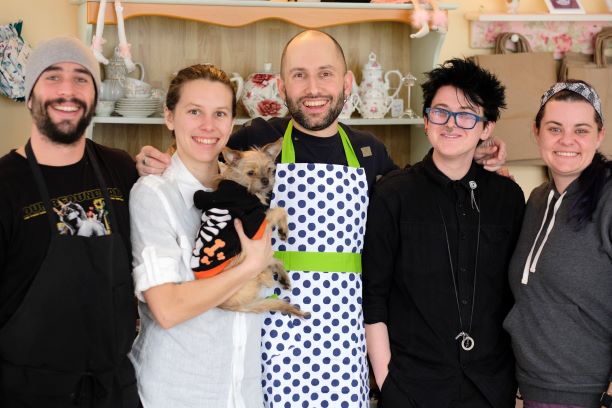
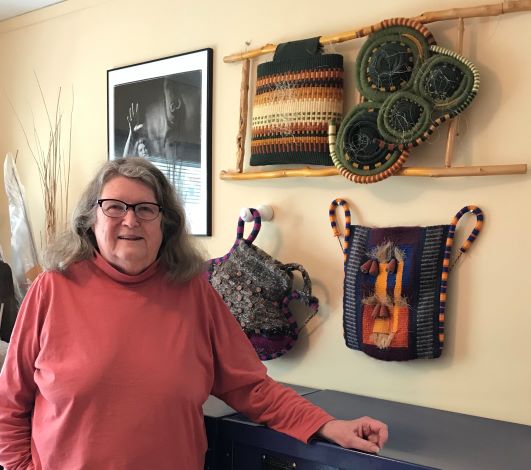
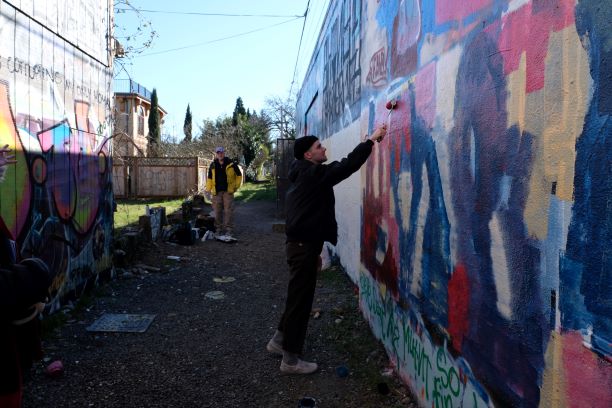
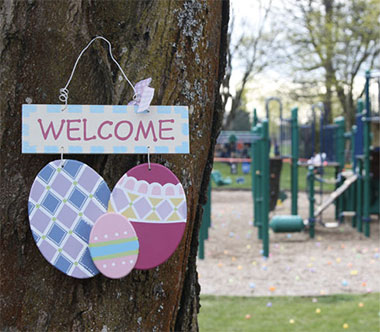
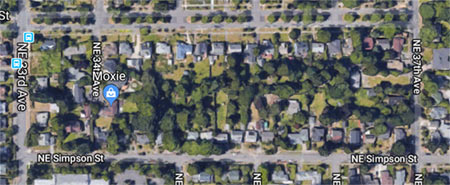
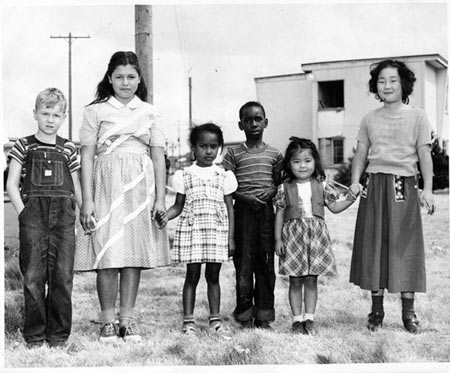 The 2019 Vanport Mosaic Festival returns for its fourth event May 21-June 2, organized by community-driven nonprofit Vanport Mosaic.
The 2019 Vanport Mosaic Festival returns for its fourth event May 21-June 2, organized by community-driven nonprofit Vanport Mosaic.